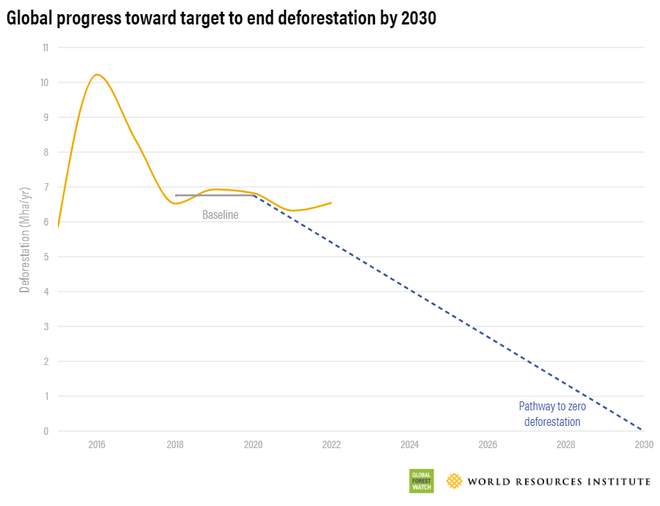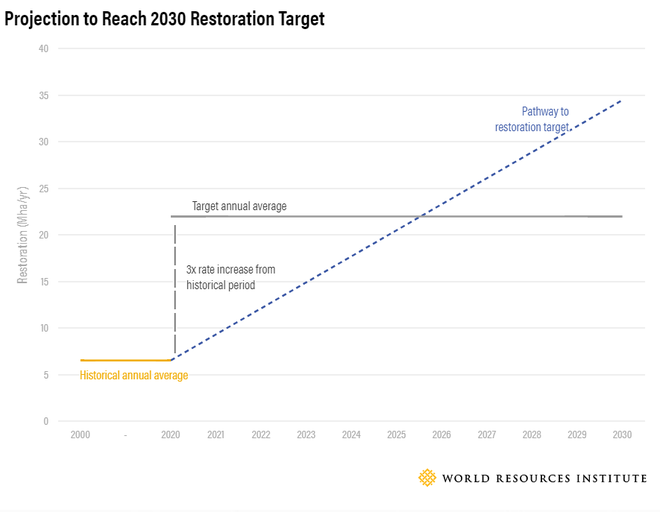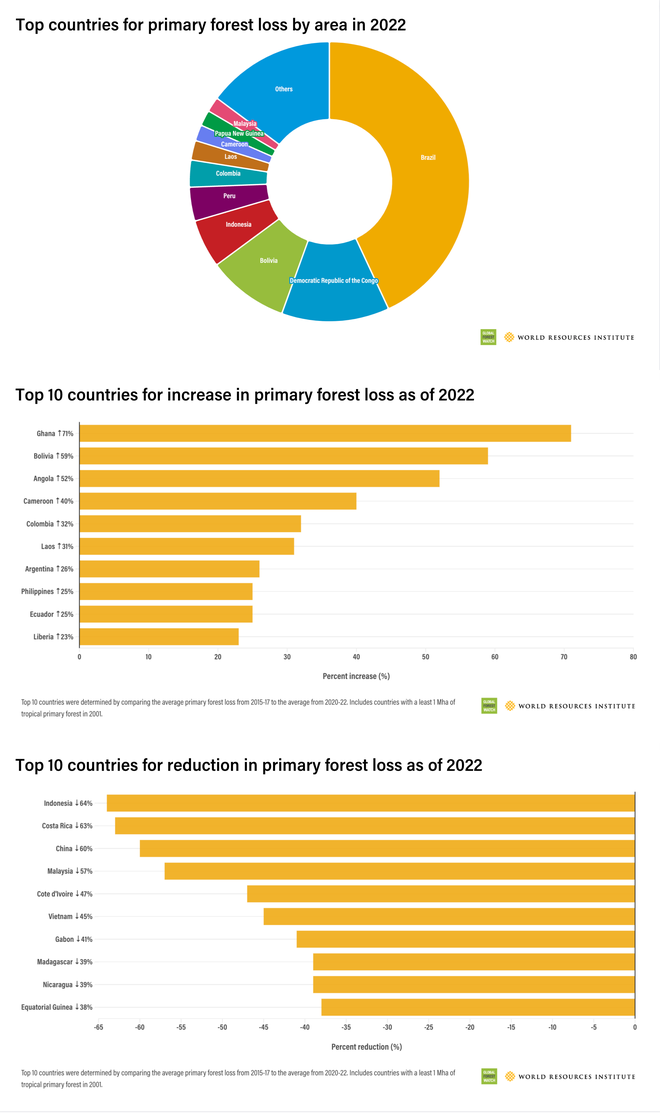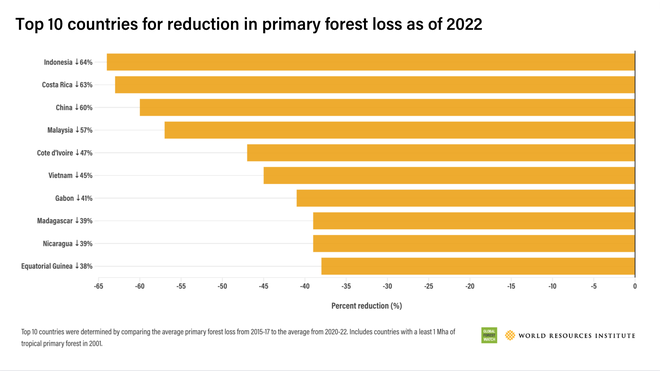The story so far: Tropical areas lost 4.1 million hectares of forest cover – equivalent to losing an area of 11 football fields per minute – in 2022, new research quoted by the World Resources Institute’s (WRI) Global Forest Watch has said. This forest loss produced 2.7 billion tonnes of carbon dioxide emissions, which is around the same as India’s annual emissions due to the combustion of fossil fuels.
According to the University of Maryland, primary forest cover loss in tropical areas in 2022 was 10% more than in 2021.
What are primary forests?
Primary forests are mature, natural forests that have remained undisturbed in recent history. They often store more carbon than other forests and are rich sources of biodiversity. Primary forest loss is almost irreversible in nature: even if the green cover regrows, a secondary forest is unlikely to match the extent of biodiversity and carbon sequestering capabilities of a primary forest.

New findings of Global Forest Watch
The world is not on track to meet most of its forest-related commitments. WRI measures progress on two goals – ending deforestation by 2030, and restoring 350 million hectares (Mha) of lost and degraded forests by 2030 – that represent multiple global forest pledges.
We need to reduce global deforestation by at least 10% every year to meet the 2030 target. In 2022, although the global deforestation rate was 3.1% lower than the baseline from 2018-2020, it was still over one million hectares above the level needed. This puts the world off track to meet the 2030 goal.

To meet the target of restoring 350 Mha of forests globally by 2030, the world needs to increase tree cover by 22 Mha per year, between 2021 and 2030. Despite registering some gains, the overall change in tree cover in the last 20 years was a net loss of 100 Mha. This means that we are still losing forests and not restoring them at the required rate.

Brazil and the Democratic Republic of Congo are the two countries with the most tropical forest cover, and both registered losses of this resource in 2022. Ghana and Bolivia also rapidly lost their primary forest cover. On the other hand, Indonesia and Malaysia managed to keep their primary forest cover loss to record-low levels in 2022.

Brazil’s high rate of primary forest cover loss occurred in the last year of Jair Bolsonaro’s presidency, WRI noted. In his term, Bolsonaro faced international criticism for presiding over a surge of destruction in the world’s biggest rainforest, along the Amazon river.
The rate of primary forest cover loss in the country increased by 15% from 2021 to 2022. Non-fire-related losses in 2022 also reached the highest rate since 2005.
Forest loss in the Amazon basin not only affects carbon but also regional rainfall. If deforestation continues at the current rate, it may eventually lead to a tipping point that, if crossed, could convert most of the ecosystem into a savanna.
The Democratic Republic of Congo lost more than half a million hectares of primary forest cover in 2022. This rate of loss has continued to increase in recent years. As the population of the country grows, there is more demand for food, which in turn is leading to an expansion of area under agriculture and encroachment of land hosting primary forests.
Primary forests are burned for short-term cultivation and then left fallow for regeneration of soil nutrients. However, increased demand for food has shortened the fallow periods, destroying more forests.
A $500 million agreement was signed at the United Nations Climate Change Conference in 2021, in Glasgow, to protect the Democratic Republic of Congo’s forests, but it is yet to have an impact on the deforestation rate in the country.
Indonesia, on the other hand, reduced its primary forest loss rate more than any other country has in recent years. Malaysia also managed to keep its primary forest level low in 2022, alongside Costa Rica, China, Cote d’Ivoire, Vietnam, Gabon, Madagascar, Nicaragua, and Equatorial Guinea.

According to Global Forest Watch, India lost 43.9 thousand hectares of humid primary forest between 2021 and 2022, which accounts of 17% of the country’s total tree cover loss in the period. The total tree cover loss in India between 2021 and 2022 was 255 thousand hectares.
The total global tree cover loss in 2022 declined by 10%. This includes primary, secondary, and planted forests. This decrease, according to Global Forest Watch, is a direct result of a decrease in fire-related forest losses which decreased 28% from 2021. Non-fire losses in 2022 increased by slightly less than 1%.







